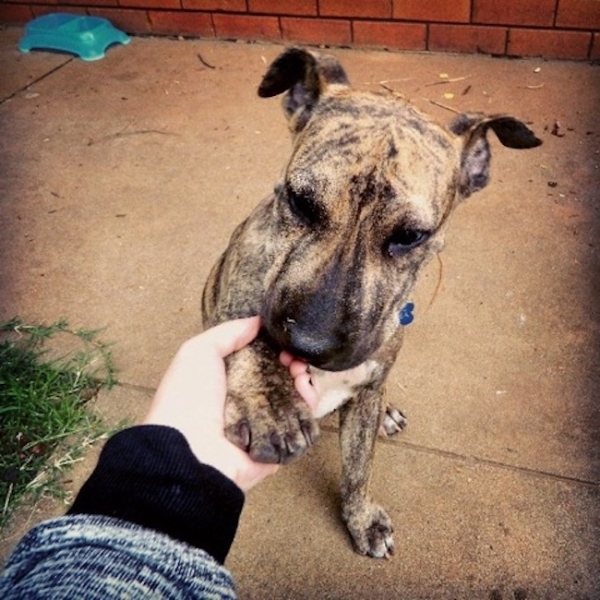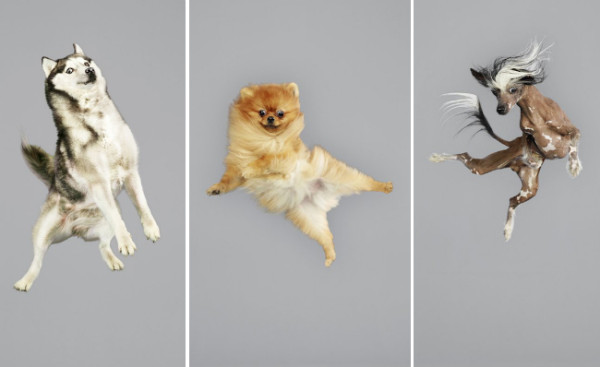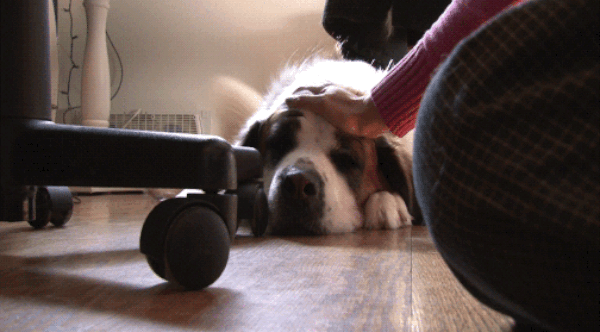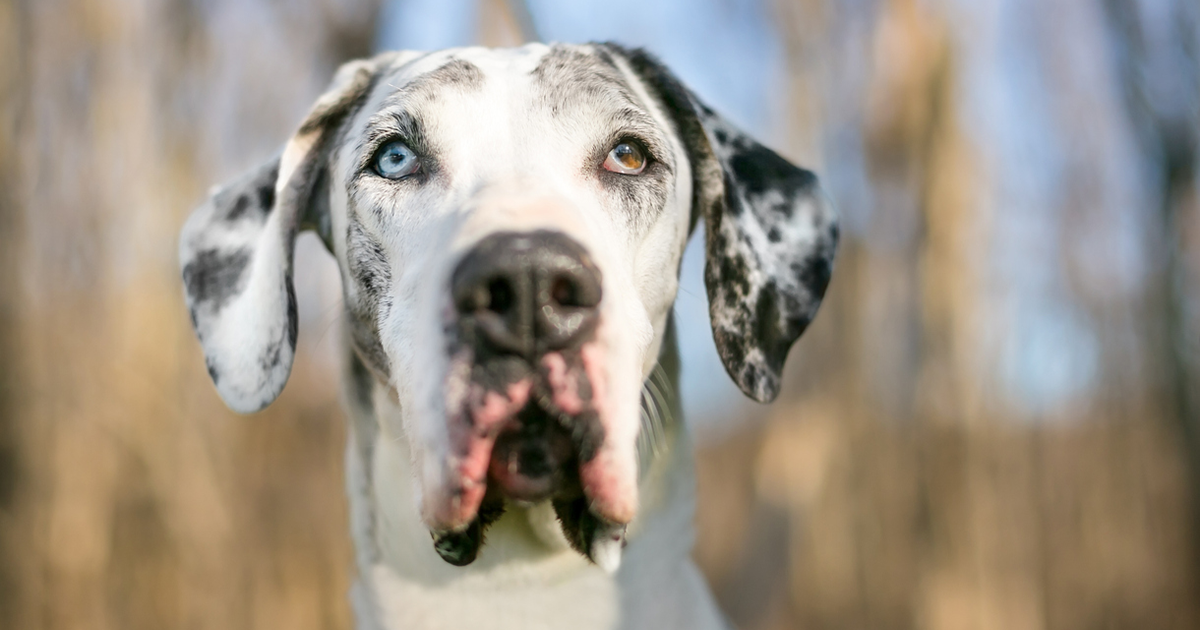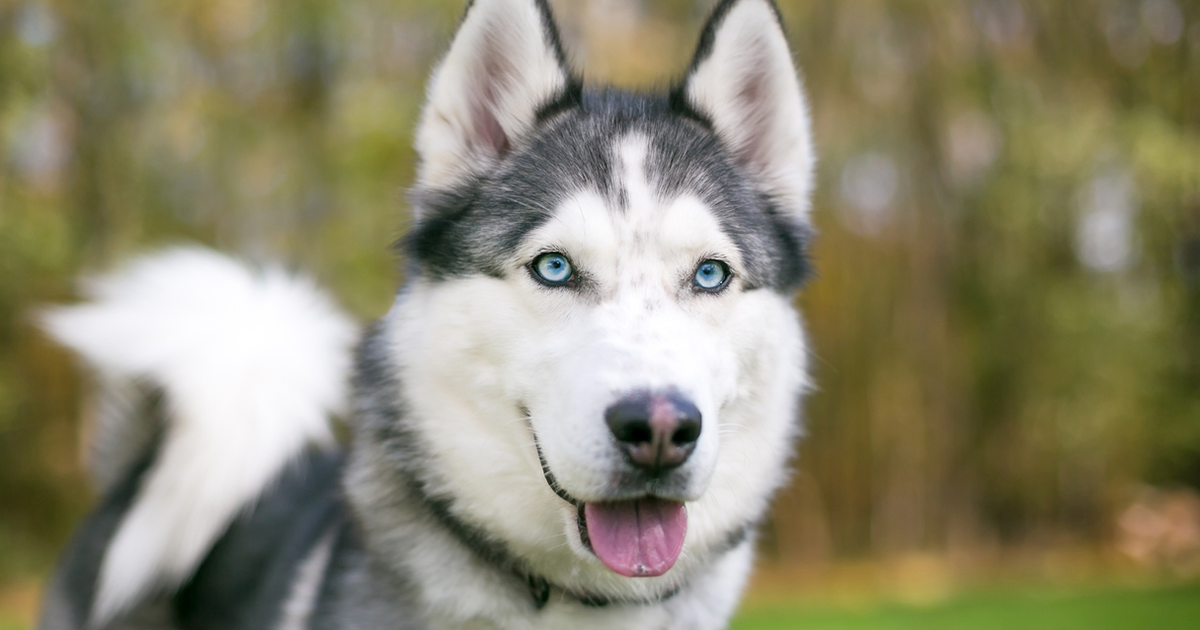High paw to Lauren Novack, pawfessional pup trainer whose expertise we consulted for this article!
It’s a shocking fact: 96 percent of pets given up to shelters have had no manners training at all according to the National Council on Pet Population Study and Policy (NCPPSP). This is especially troubling because many of the common behavior problems that contribute to pets being given up are easily avoidable. “The most important thing is to start training early and be consistent,” said Lauren Novack (KPA-CTP), professional dog trainer and owner of Lauren’s Leash. “The best thing you can give your new family member is consistency and boundaries.”
She adds that it’s a mistake to think you need to choose between setting boundaries for your pup or giving them lots of love and affection, even if it’s a rescue dog. There’s a time and a place for both so if you want to give your new pup a big snuggle, have them sit first. At the end of the day, your pup just wants to make you happy. These tips will help you better communicate your house rules to your pup to keep more pets in furever homes.
Image via DailyMail
1. Problem: Going to the bathroom where they shouldn’t.
This is usually caused by pup parents not following proper training methods, a dog’s separation anxiety or medical issues.
How to Avoid:
- Rule out UTI or other bladder issue and record your dog when left alone to rule out accidents due to separation anxiety.
- Don’t give your pup the chance to go in the wrong spot! Cut off access to areas where your pup is having accidents. Close doors, leash pups in the house and/or crate your pup in an appropriately-sized space. It should be big enough for him to turn around in, but not too big that he can “go” in one area and sleep in another.
- Learn when she needs to “go” by keeping a log of accidents. Calculate how long your pup can hold it by using the formula, 1 + their age in months. The average three month old pup should be able to hold it for four hours. Eating, drinking, just waking up, and being active are all things that will increase her need to “go”.
- Take your pup to the same spot every time and stand there for a few minutes once you know their schedule. Be boring. When your pup does his business, get excited! Praise, give treats like these, and go for a walk.
Ditching common misconceptions: Use positive reinforcement and ditch the old school notion that rubbing your pup’s nose in her accident will have any impact. Also use your dog’s walk as a reward, not to get her to ‘go.’ Once she goes, then walk.
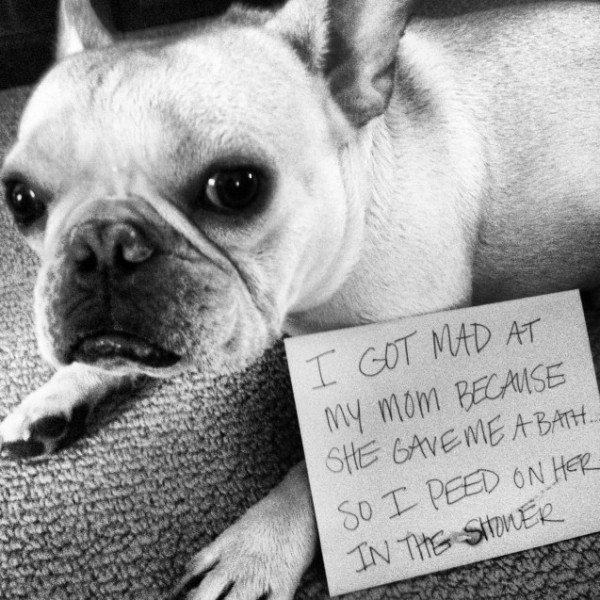

2. Problem: Jumping and excessive excitability
This can be caused by a lack of mental stimulation, boredom, and a parent’s failure to teach the dog how to settle and earn attention by being polite.
How to Avoid:
- Use exercise time to help remove some excess energy from an excited puppy and teach your dog to be polite with tricks like ‘sit.’
- Workout your pup’s brain in the form of chews and work to eat toys.
- Make your pup perform for non-treat rewards. Have him sit before you throw the ball, let him out, and greet another dog or human on a walk.
- Have a plan in place to manage or prevent jumping and excitement while you train the polite sit.
Ditching common misconceptions: Pups crave attention. Even yelling “bad dog!” is attention a bored dog might be happy to have. This attention can reinforce the behavior, so the behavior will continue and get worse. The key is to prevent bad behavior from happening through management while you train an alternative, more appropriate behavior.
3. Problem: Excessive barking
This can be caused by a pup’s desire for attention, boredom, fear, anxiety, or instinct to alert their owners. Knowing why they are barking is an important step for success.
How to Avoid:
- Take your puppy to socialization class and continue the process throughout your dog’s life to help prevent fear and anxiety.
- Say “thank you!” after two or three barks when the doorbell rings and then feed a treat, chew or toy. Novack says she’s okay with a dog barking on alert – it’s one of their jobs – as long as the alert doesn’t go on forever.
- Reward calm and quiet behavior with praise, play and treats.
- Provide lots of mental and physical stimulation so your pup isn’t bored. Keep their toys out of reach and rotate them so they’re always new and exciting. Some of Novack’s favorites are the Super Sqwuggie, Zogo Flex, and Flirt Pole.
With discipline for your pup and yourself (it can be hard to follow these rules when your pup rears his adorable puppy eyes) you can and will succeed in nipping these issues in the bud. Good luck!

